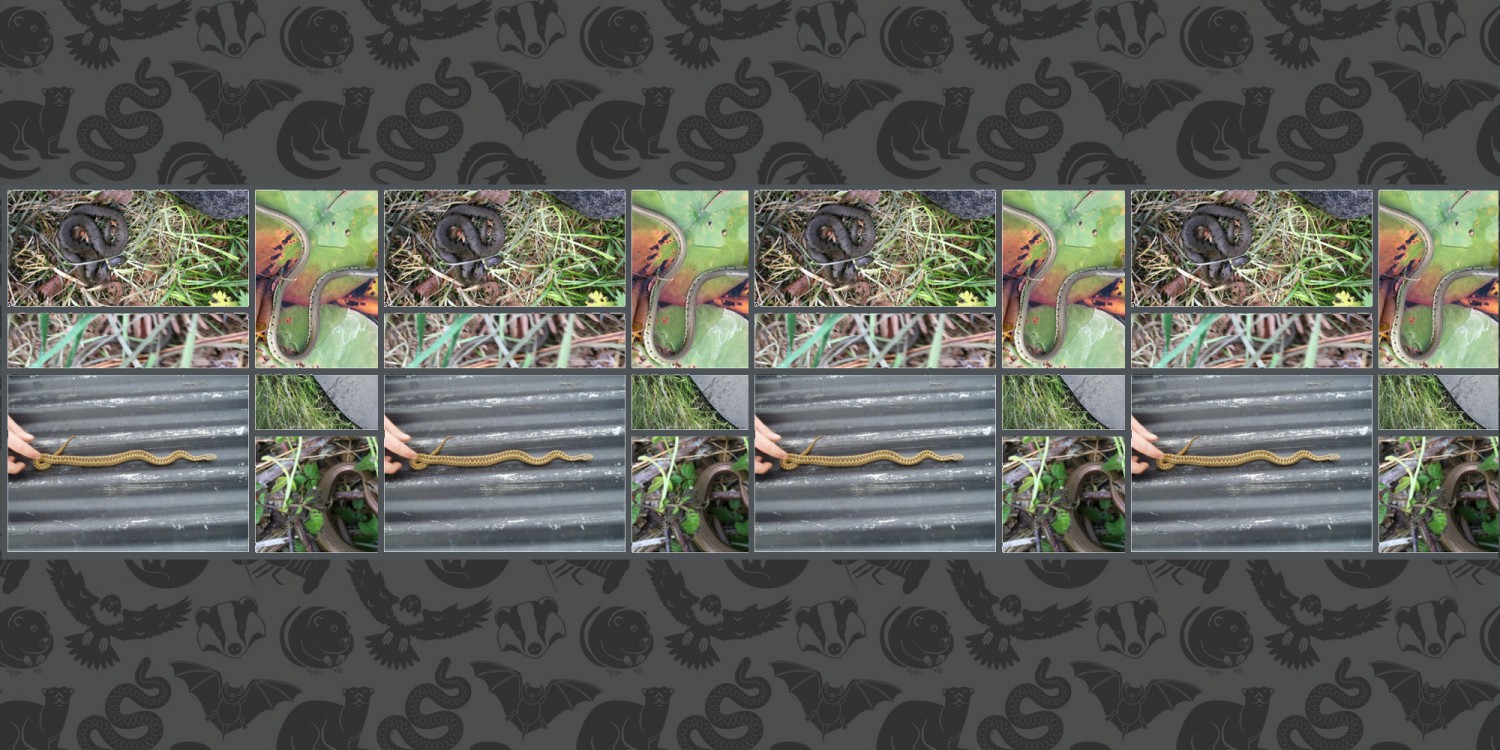Reptile Translocations – What to Expect…
So there are reptiles found on your development site. What can you do about it to allow your development to go ahead? What exactly does a translocation involve? We’ve put together a mini-guide to explain all…
How are reptiles protected?
All six species of reptiles found in the UK are protected under the Wildlife and Countryside Act 1981. The more widespread species (slow worm, grass snake, adder and common lizard) are protected against killing and injury. The two rarer species (sand lizard and smooth snake) have full protection, including against disturbance and habitat loss.
Reptile surveys
If habitats suitable for reptiles are found within a development site during the Preliminary Ecological Appraisal (PEA), it is usually appropriate to carry out a Reptile Survey to confirm their presence or likely absence. The survey report will need to be submitted with your planning application and cannot normally be conditioned.
A Reptile Survey consists of 7 site visits, with each visit spaced at least two days apart, and can be carried out during the active season for reptiles, which is April – September. Artificial refuges are laid 7-14 days ahead of the first survey visit to attract reptiles and make them easier to find. These are typically made of corrugated tins or pieces of roof felt that warm up in the sun, encouraging the reptiles to rest on them or shelter underneath. This is less effective during hot weather, so July and August are considered sub-optimal months for reptile surveys and very hot days during other months should also be avoided. The number found is recorded and an estimated population level (low, good or exceptional) will be given for each species.
A reptile Population Survey will give a more accurate assessment of numbers present and requires 20+ site visits. However, this is not needed in most situations and the reptile survey findings are normally sufficient to shape the appropriate mitigation strategy.
Reptile Mitigation
There are a number of different mitigation options:
Habitat Retention: In some cases, it may be possible to change the layout of the development so as not to disturb habitat used by the reptile population. Or alternatively, conserve part of the habitat and conduct an in-situ translocation in order to safely move them off the development area. The retained habitat must be of a size and quality to support the number present.
Displacement using Habitat Manipulation: For very small sites, where the adjacent land offers suitable habitat for reptiles, it may be possible to avoid the cost of a translocation by gradually making the habitat unsuitable for reptiles, under ecological supervision. However, this has to be a solution recommended by an ecologist and agreed by the local planning authority when determining the planning application. A Precautionary Working Method Statement must then be submitted and approved by the LPA and habitat manipulation work must be carried out during the active reptile season (April – September) under ecological supervision.
Translocation: Where the two routes above are not possible, moving the reptile population from your site to a different, safe and suitable location is the remaining option. Translocations are the primary option for larger scale projects but can also be used for smaller sites.
Translocation Receptor Sites
The first step is to select an adequate receptor site for the reptiles to be relocated to. This may be other land owned by the developer or landowner, land adjacent if agreed with a neighbouring landowner or it may be an alternative site provided by the council or the local Wildlife Trust. The receptor site must be as close as possible to the donor site, be of a similar size and quality and not currently support the target species. If the receptor site doesn’t meet all these requirements, it may need to be enhanced before the translocation gets underway. This may involve creating additional sheltering habitats such as log piles, which could increase the carrying capacity of the habitat. The receptor site should also be free of development pressure over the long term.
If possible, it is best practice to retain some part of the original habitat on site. This avoids some of the usual uncertainties related to a translocation (complete loss of a population, unknown limitation of receptor site etc)
Translocation Methods
Shortly before the translocation starts, reptile exclusion fencing is installed to prevent new individuals entering/returning to the site. Artificial refuges are placed in locations that are most attractive to reptiles. As in the surveys, these are made out of corrugated tin squares or mats made from roofing felt and normally between 50 and 100 are laid per hectare.
Habitat manipulation may also be advised. This could include cutting areas of high suitability habitat within the site to a lower level (under supervision), to reduce its suitability. This limits the area of attractive habitat within the translocation zone, making it easier to capture the remaining individuals.
Timings
Translocations, like reptile surveys, can only be carried out during the active reptile season. The most profitable time for capturing reptiles is between late April and June and then again between late August and September.
The length of time a translocation will take depends on the size and assemblage of population and the size of the site. The number of consecutive daily visits required is typically 30 days for a low population or up to 60-70+ days for a large site with a high population. It is often possible to agree a shorter timescale for smaller sites or those containing sub-optimal habitats. The daily visits must continue until you have 5 consecutive days without finding any reptiles.
If you’d like advice or a quote about anything reptile-related (or anything else ecological), please get in touch.
Urban Edge Environmental Consulting Ltd
Unit 5 | Westergate Business Centre
Westergate Road | Brighton | BN2 4QN
©2019 Urban Edge Environmental Consulting Ltd. All rights reserved.

